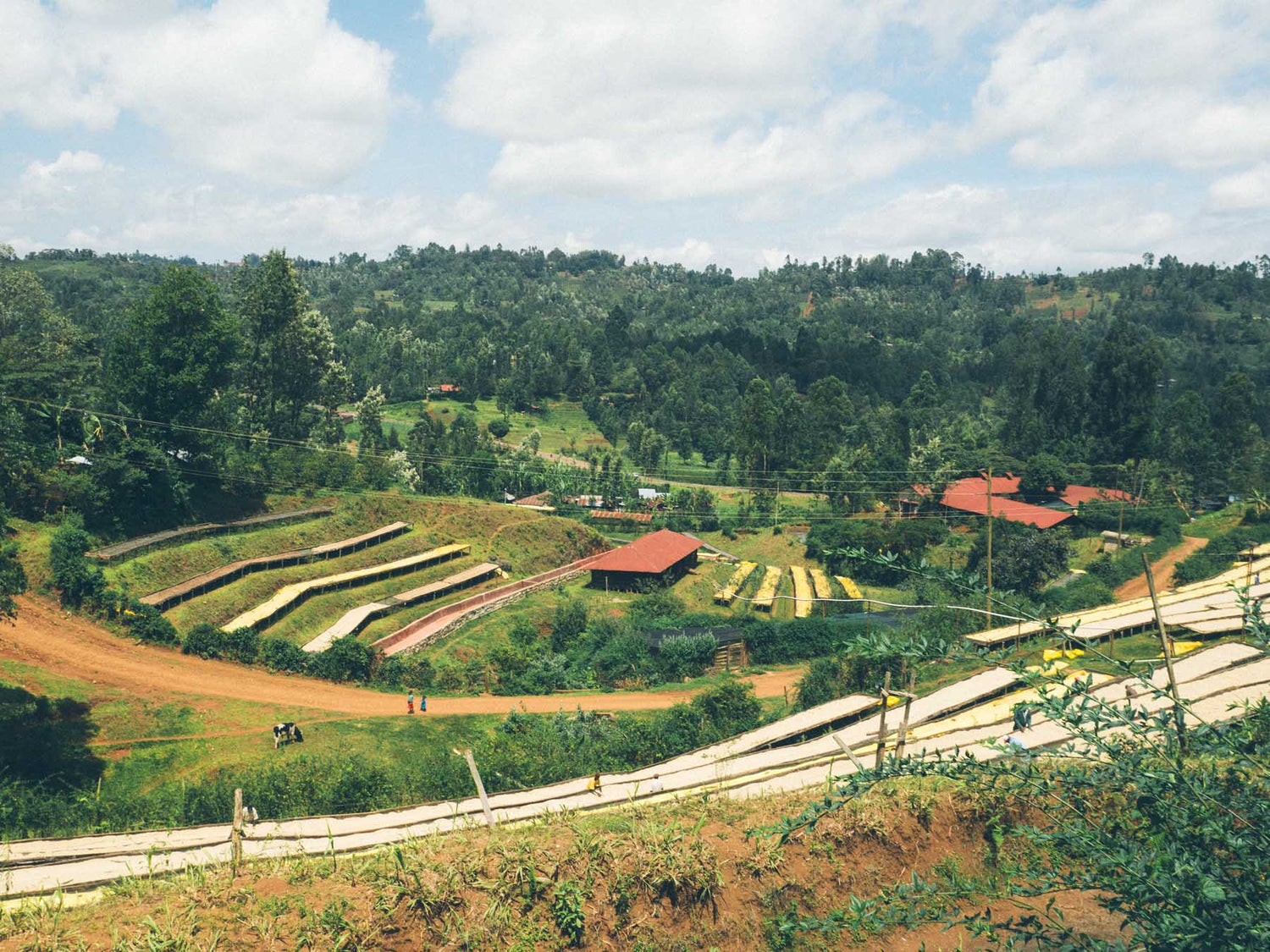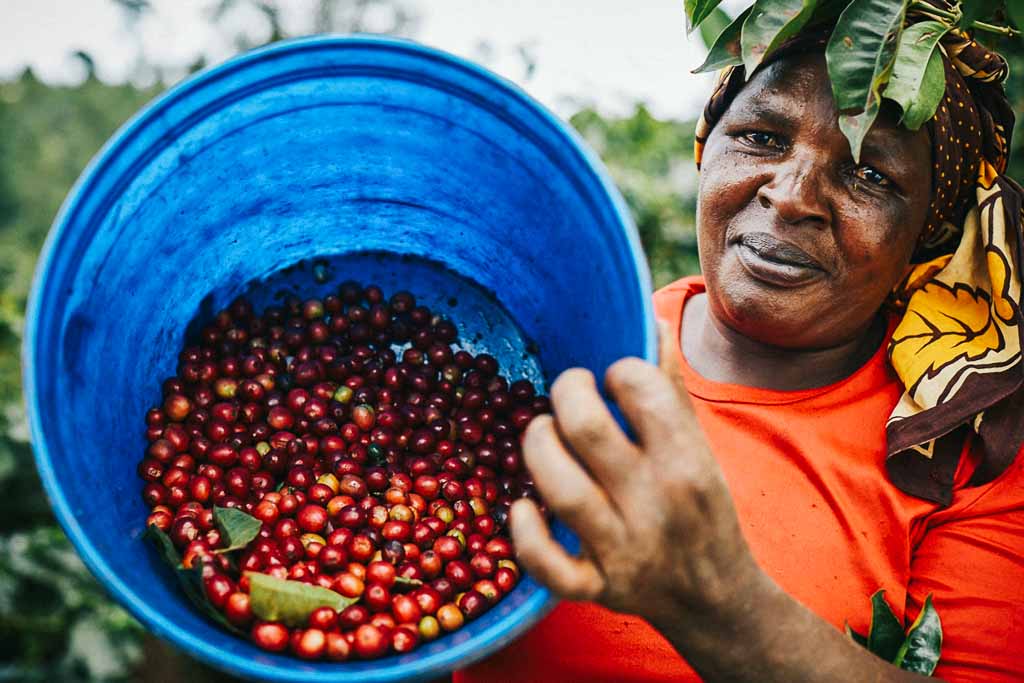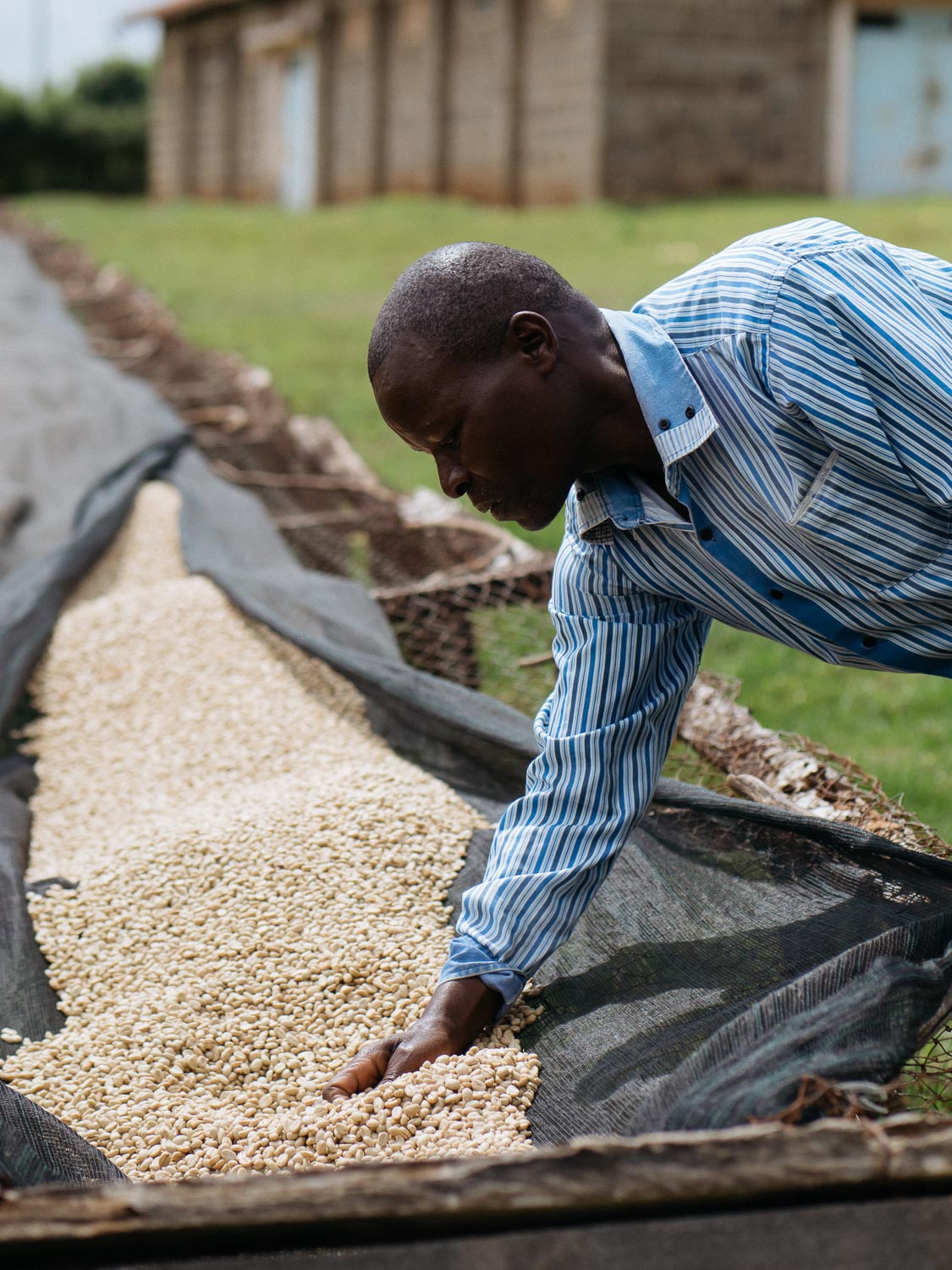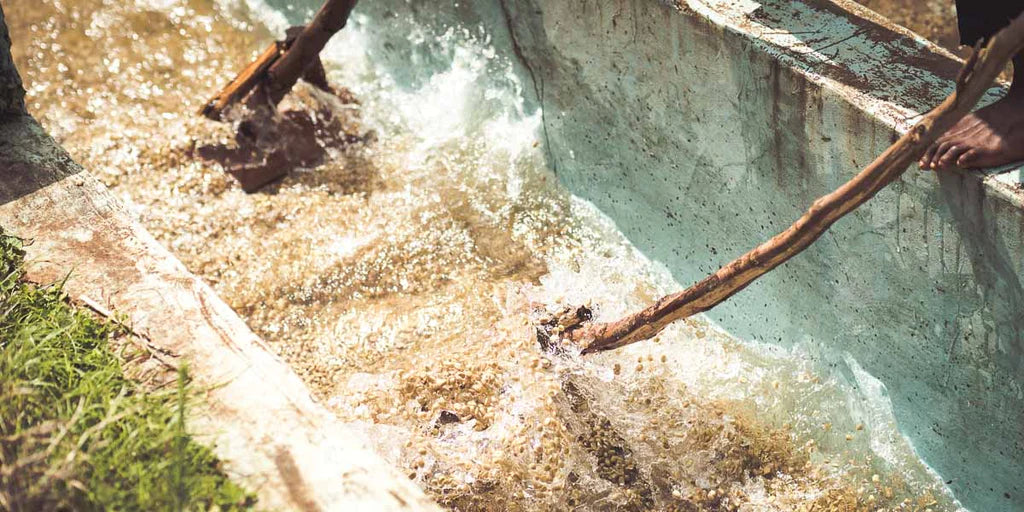COFFEE FROM
Kenya
Kenyan coffee tends to showcase bright, juicy flavours with high acidity. The varietal, high altitude, volcanic soil, climate and processing are all key factors that contribute to the unique Kenyan flavours profile. Discover more about Kenya's history, processing methods and flavours on our Kenyan coffee guide.







